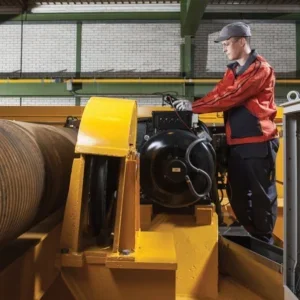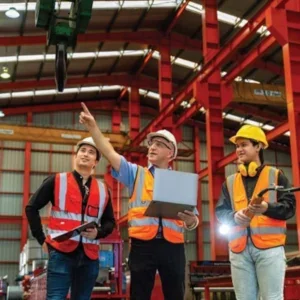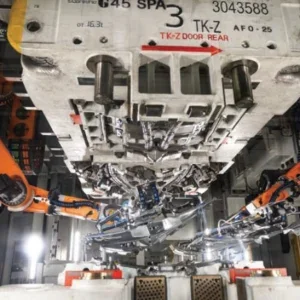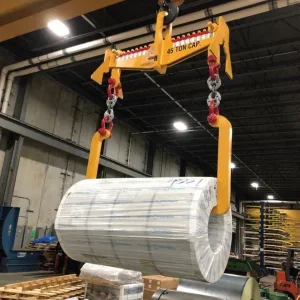
Some of the trends the company observed include: (1) Miniaturisation – “Demand for smaller, lighter sensors is increasing across industries, from lifting technologies and robotics to drones and medical devices,” the company says; (2) Multi-axis measurements, as “analysing forces in multiple directions is becoming essential for complex testing scenarios”; (3) Wireless data acquisition – Eliminating cables simplifies testing set-ups and improves data access, while wireless systems “provide immediate system monitoring and maintenance technologies”; (4) Smart sensors and IoT integration – Interface says the use of sensors to make smart decisions is rising, from use in smart city projects to automating production, while sensors with digital outputs and compatibility with IoT products enable realtime data analysis, remote monitoring, and predictive maintenance; (5) Testing in harsh environments – Interface says rugged and environmentally sealed sensors are finding more applications in extreme conditions, from subsea exploration to hightemperature testing. “These Atex, submersible, hightemp, and stainless steel products allow testing in critical real-world scenarios”; (6) Complex measurement analysis – “Advanced software tools and data analysis platforms are essential for effectively interpreting and utilising force measurement data”; (7) And, finally, advancing possibilities in measurement with customised solutions – Interface says that the need for customised force measurement solutions with diverse industry applications is also growing.
Do you agree with the company’s assessment, and are there any other trends you’d like to add?






